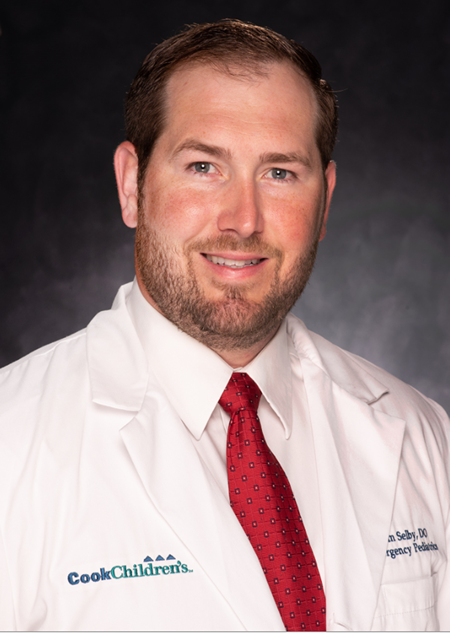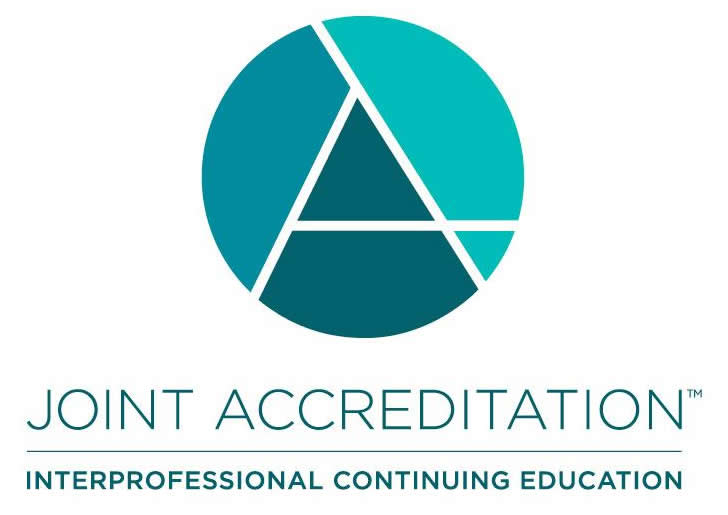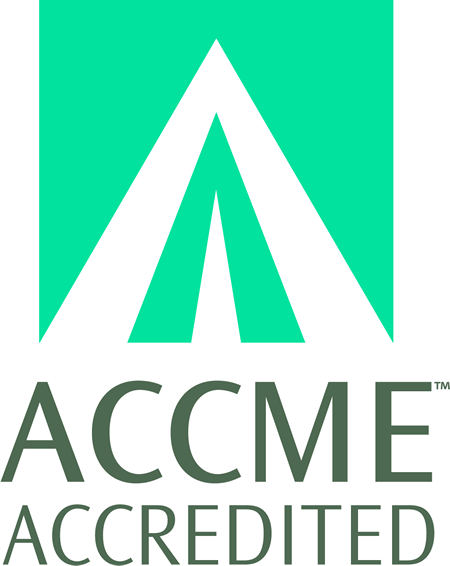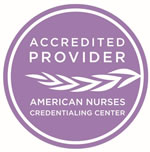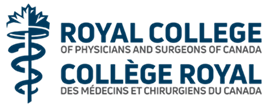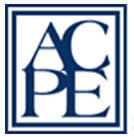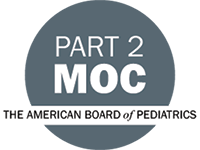
COURSE CREDITS & HOURS
14 AMA PRA Category 1 Credits™14 ACPE Credits
14.0 Contact Hours
14 MOC (Part II) points in the American Board of Pediatrics' (ABP) Maintenance of Certification (MOC) program
2 Hours of Pharmacology for NPs
COURSE FEES
TARGET AUDIENCE
PROGRAM PURPOSE
- The Blue Baby - Diagnosis & Management
- Following the presentation participants should be able to exclude common and generally benign causes of cyanosis in the newborn, and to consider and confidently diagnose cyanotic heart disease allowing for timely intervention and better outcomes
- The Vomiting Baby
- This session hopes to bring together the common and uncommon causes of vomiting in the young baby thereby allowing for the recognition of those more serious cases warranting admission, and/or medical or surgical intervention.
- The Crying Infant - Infant Distress Syndrome
- While all babies cry, those that continuously do so present to the clinician for diagnosis and effective management
- The session will highlight the not uncommon causes that may be simply dealt with. It will also describe the complexity of the problem and its management especially if simple interventions have been carried out but with little improvement.
- Communicating with you Patients - A Pediatric Perspective
- This interactive session will allow participants to reflect on their own practice with the aim of achieving a therapeutic interview as described by Winnicott.
- Feeding Problems in Infancy & Childhood
- The session brings together the multiple considerations which may lead to feeding problems in the young thereby allowing the participants to more readily achieve early resolution.
- Pediatric Cardiology - An Overview
Part 1. Acquired Heart Disease
Part 2. Congenital Heart Disease- Following this presentation, participants should have an overall understanding of paediatric cardiology, recognise gaps in their knowledge and be more confident in making appropriate referrals.
- The Recognition of the "Very" Sick Child
- Upon completion of the session participants hopefully will be able to recognize the very sick child and to institute appropriate and immediate treatment to ensure the best outcomes.
- Pediatric Airway Illnesses: asthma, reactive airway management, croup and others.
- Identify the pathology, presentation, and management of several common pediatric airway illnesses.
- Closed head and neck injury management: acute management through concussion clearance
- Manage acute head and neck injuries. This includes knowledge of common types of injuries, their acute management and concussion clearance.
- Sentinel injuries: recognition and management of child abuse
- Recognize and treat vulnerable pediatric patients at high risk of abuse.
- Pediatric anxiolsis, analgesis, and sedation management
- Amelioriate pediatric pain and anxiety occuring during the office/hospital visit.
- Pediatric Dermatologic Problems: identifying the bad and benign
- Identify many common and uncommon pediatric rashes and their clinical significance.
- Toxicology review: Management of common intentional and accidental
- Identify commonly ingested drugs/toxins and their acute management.
- Pediatric Orthopedic injuries: overview and management
- Identify and treat common pediatric orthopedic injuries.







